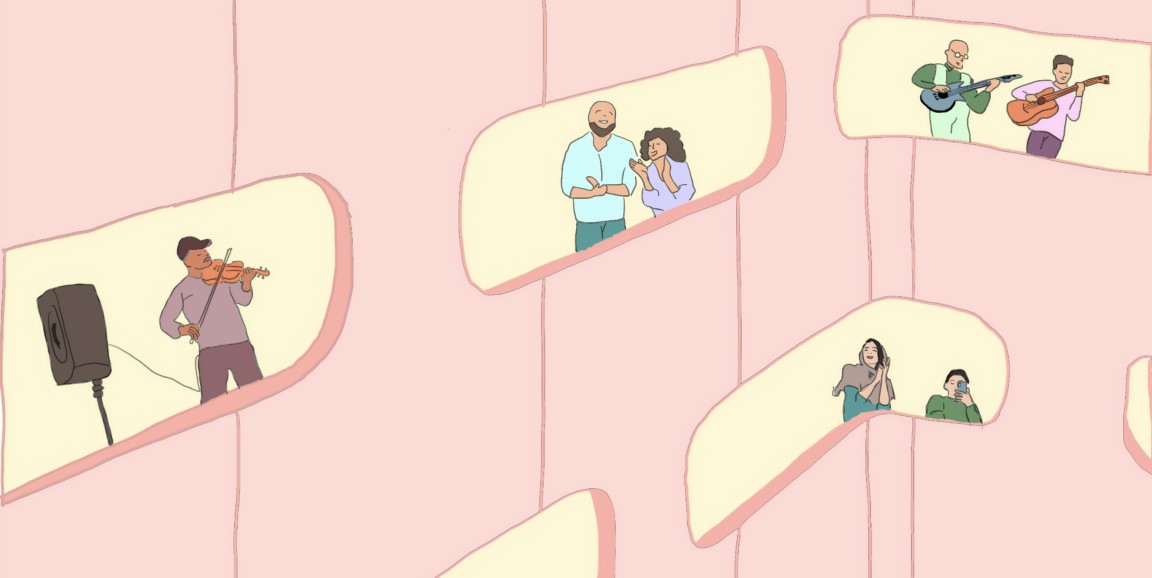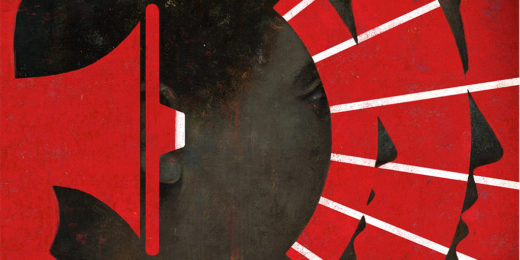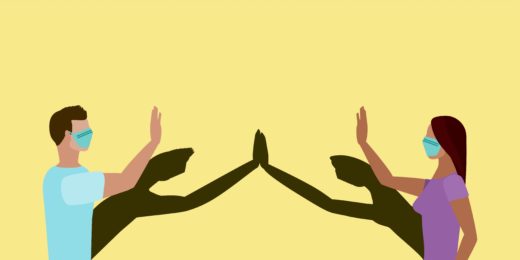It was around 2014 when Ronan Arthur, PhD, a postdoctoral research fellow at Stanford University School of Medicine, noticed that predictive disease spread models of the Ebola epidemic in West Africa weren't very good at reflecting the progress of the epidemic as it happened. While some experts warned that there could be millions of deaths, the actual number ended up being much lower.
The difference was, in part, due to behavior changes that people made in response to the epidemic -- but traditional models don't account for this and, instead, treat behavior as a static, outside influence.
This set Arthur on a path toward developing a new model of disease spread with behavioral adaptation as a main component. The model, published in PLOS Computational Biology, is also now relevant to the COVID-19 pandemic.
"The key to the formulation of this model mathematically is the insight that optimizing behavior under conflicting health and economic incentives can drastically change epidemic dynamics and outcomes," said Arthur, who is lead author of the paper, in an interview with Stanford News.
The role of the utility function
Most of us, of course, are all too familiar with this scenario: The local case numbers seem low, so more people go to the store or see family; that leads to an increase in cases, so we limit social interactions; then it cycles again.
In the model, these motivations are described by a mathematical function called a utility function. The utility function represents how the things people want to maximize in life -- like happiness and economic wellbeing -- often require social contact. In a pandemic, while we remain motivated to optimize our utility, we might not always do so if we think it's too risky.
The researchers found that this relationship between health and economic motivations and social contact create an equilibrium around which infection numbers fluctuate up and down. And, theoretically, this fluctuation can go on forever.
This is all further complicated by the reality that our understanding of disease risk during an epidemic or pandemic is often delayed.
For example, at the beginning of the coronavirus pandemic, many people were not taking any precautions even though they were vulnerable because they did not know the disease was already spreading in their local community.
As explained in the Stanford News article, the model showed such information delays have significant consequences:
When the social system is reacting to an epidemiological reality that is no longer accurate, people's behavioral responses become derailed from the actual, current circumstances. These complexities make for interesting math where small changes in the parameters, even the number of initial infected, can have outsized and qualitative effects on the epidemic outcomes.
Guidance for pandemic response
So what does this model mean for those of us still in the midst of the coronavirus pandemic?
First, it suggests the wisest move would have been to overreact in a decisive way from the beginning -- and that may still be a solution later on in a pandemic, although it is much more difficult to overreact effectively when the situation is more dire and the disease is so widespread.
That brings up the second point the researchers emphasize: there are real consequences to lockdowns and they should be considered carefully.
"There is a logical downside to lockdowns that we have to acknowledge," said Arthur. "It's true, you need to lockdown but there are tradeoffs to reducing social contact that should be incurred intentionally and thoughtfully -- preferably in one, short, heavy, lockdown, rather than opening and closing cyclically in delayed response to the number of infected."
Communication is key
The model also indicates the importance of fast, accurate, accessible communication. People and governments can respond more appropriately to a disease if there is more transparent and collaborative information sharing, and better early warning systems.
What's next for this research aligns again with what is going on the wider world. Like the rest of us, the researchers are curious about how vaccination -- and sentiments related to vaccination -- would influence their model.






